Hormones are like micro SD cards—small yet powerful. They are tiny chemical messengers that are secreted into the blood by organs called glands. They are important for maintaining the internal environment of the body—as well as interpersonal communications and for many even a marriage can be destroyed over hormonal imbalance. The sex hormones are responsible for a lot more than just determining someone’s sex at birth. They are also responsible for maintaining and regulating the sexual cycle, onset of puberty and secondary sexual characteristics, moods, general health and even immunity. Types Of Female Hormones Estrogen and progesterone are two of the most important female hormones, but they are far from being the only ones working in sync to maintain a woman. Apart from them, there are other female hormones as well, which are working to regulate and balance the sexual cycle. These include: –Gonadotropin releasing hormone (GnRH): released from the hypothalamus, its function is to stimulate the production of the following hormones from the pituitary. -LH (Luteinizing hormone) -FSH (Follicle Stimulating Hormone) –Inhibin –Activin –Follistatin –Testosterone Puberty And The Menstrual Cycle The onset of sexual maturation and transformation of a child into an adult, is called puberty. There are a lot of changes in the body including its shape and size, as well as attainment of fertility. The onset of puberty varies in boys and girls, averaging the age of 13 and 11 years, respectively. Usually, girls attain every stage of puberty before boys. While inception of puberty is dependent most certainly on hormones, its onset varies among girls and can only be partly explained by racial, genetic and environmental differences. Hormonal And Physical Changes At Puberty Puberty is determined by the hormonal changes and the physical changes in the body. This occurs systematically and one step leads to another. Hormonal changes at puberty: The part of the brain, called pituitary, can release the brakes on gonad-stimulating hormones (FSH and LH) any time. This means that puberty onset is held in check by the Gonadotropin Releasing Hormone (GnRH) from the hypothalamus. Physical Changes At Puberty: -Breast development -Hair development -Onset of menstruation -Growth support -Weight gain -Fat distribution -Development of sexual organs -Acne -Being a teenager Menstrual Cycle: Start of the ‘period’ or menstrual cycle is the most prominent sign of puberty in girls. The mechanism of puberty initiation is poorly understood, but clearly, genetic, environmental and physical factors (such as body fat) have an important role. Nutrition is another factor whose role has been underplayed when it comes to sexual maturation; under-nourished children have delayed sexual maturation and late onset of puberty. Furthermore, anorexia is associated with amenorrhea (absence of menstruation) and a decrease in the levels of gonadotropins. Learn more at: http://bit.ly/2b4Xdzz FOLLOW ON TWITTER https://twitter.com/healthunits LIKE ON FACEBOOK https://www.facebook.com/HealthUnits/ More videos at: https://www.healthunits.com/
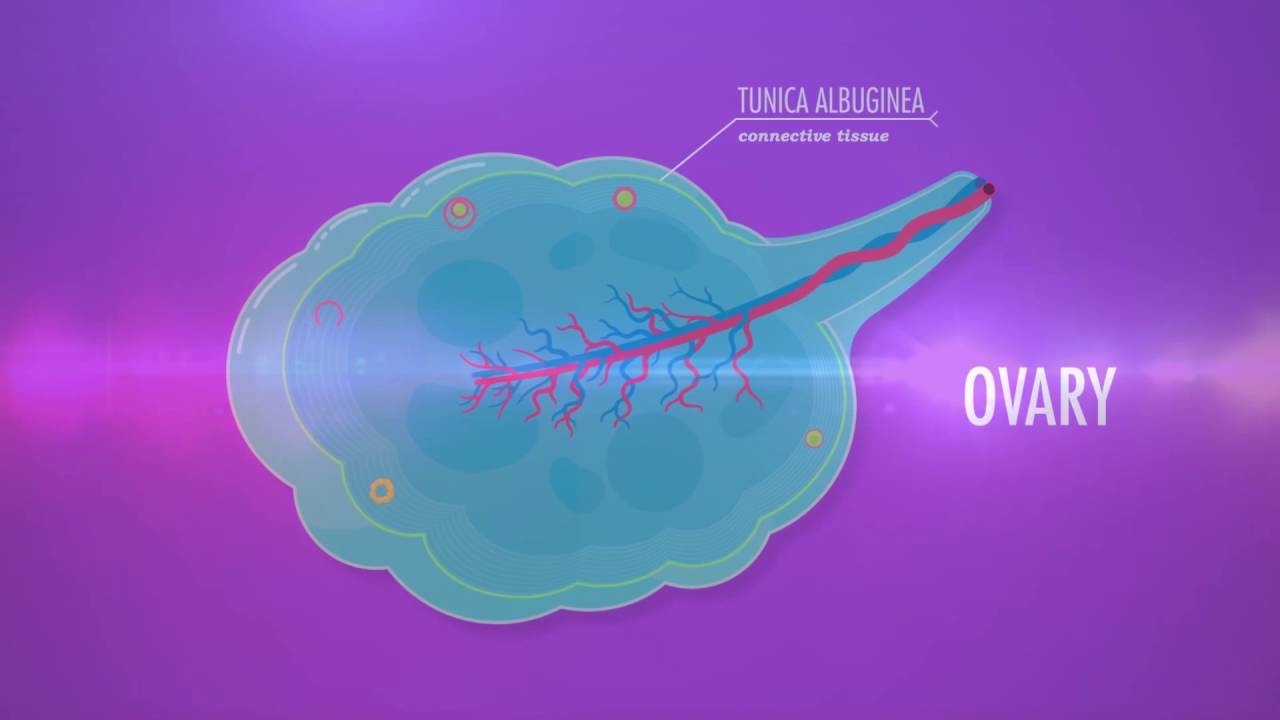
Female Sex Hormones
- Post author:
- Post published:May 5, 2021
- Post comments:0 Comments
You Might Also Like

ACE inhibitor side effects

What is diabetes? | animated infographic video
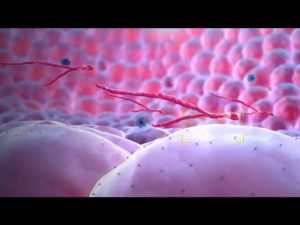
Ebola Virus – Mechanism of Action – 3D Medical Animation

Additional Psychiatry Video – 4

Diabetes as a Disease of Fat Toxicity

3 Types of Heart Disease | Heart Disease
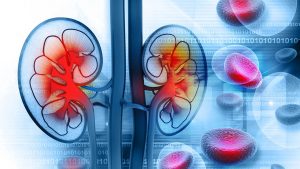
Dr. David Samadi – Blood In Urine – Should You Worry?

Dynamic Stretches to WARM UP Chest Muscles (before you bench!)

Xenical
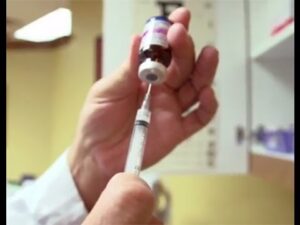
Testosterone & Androgenic Effects Video – 6

Acne Pimples Nutrition Video – 1
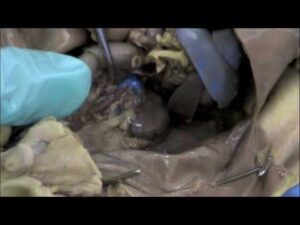
Excretory Reproductive System And Asanas Video – 4

Angiography V/S CT Coronary Angiography

Facts Indian Parents Should Know About Protein Supplements | BeerBiceps Fitness

Blood Pooling in Hand

Fat Loss, Weight Loss Video – 5

Omega 3 Fatty Acids for Eye Health | Best Omega 3 Fatty Acids for Dry Eye Disease | IntroWellness

Dip Tutorial – Chest or Tricep

How To Take Metformin | How To Start Taking Metformin | How To Reduce Metformin Side Effects (2018)

Lat Pull Down-13

Extreme sport Meaning

Back Exercises – How to Perform Dumbbell Back Rows & Pullovers

Treating Male Menopause

Best Means for Measuring Fitness Level & Body Composition. BMI, Skinfold Calipers, Hydro?

Judo Video – 2
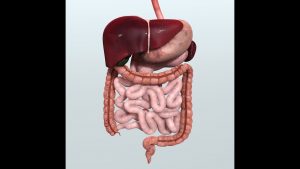
Anatomy and Physiology of Digestive System

Pendlay Row (Bent Over Row): Strength + Size in Back, Traps and Lats

Secrets to muscle growth!

Best Protein Powder for WEIGHT LOSS & MUSCLE BUILDING | Shake to Build Muscle | Top Supplements 2017

How to Get Big Biceps – IN THE HOME!! (Without Equipment!)

Body Mass Index (BMI)

Spondylolisthesis- The Most Dangerous Exercise To Avoid

Definition Fitness Centre – 2014

Amino acids in biomolecules | Organic Chemistry | IIT JEE | Vineet Khatri | ATP STAR

HIGH WBC COUNT | Reasons of high white blood cell count | WBC count normal range | High WBC level

Lipid Catabolism

Bowflex® Max Trainer | How to Work Up to 14 Minutes

Endocrine Glands : Coordination | Biology | Science | Class 10
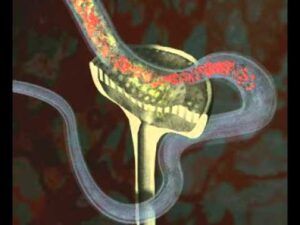
GCSE Science Revision – Homeostasis – How your Kidneys Control Water content in Humans

Volleyball Video – 2

HEALTH BENEFITS OF FISH OIL

